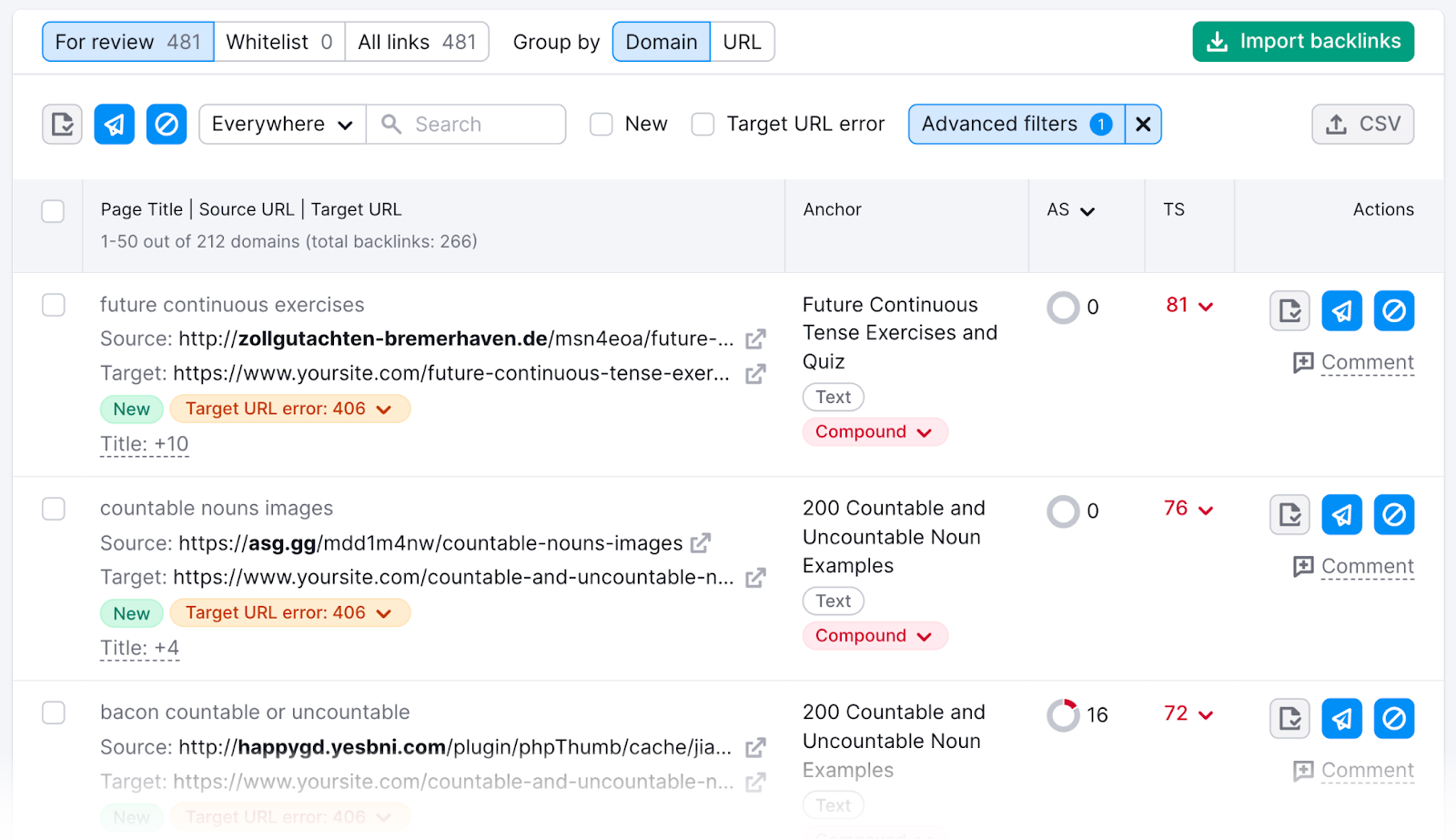All Categories
Featured
Table of Contents
- – What's The Most Reliable Tools For Semantic Se...
- – What Is The Top Semantic Content Creation
- – What's The Most Reliable Semantic Seo Tools B...
- – Which Is The Premier Semantic Seo Tutorials S...
- – How Do I Choose A Semantic Seo Insights Serv...
- – The Leading Enhancing Seo With Semantics?
- – When Is The Best Time To Buy Seo For Semanti...
The internet is altering, ending up being a growing number of semantic. SEO is also altering and ending up being a lot more semantic. This is because online search engine have evolved and are relocating an increasing number of in the direction of checking out material on the internet. Obviously, that has actually additionally transformed the method we create content, especially if we desire to place far better in the search engines.
Intertwingularity is not generally recognized, individuals maintain claiming they can make points deeply ordered, categorizable and consecutive when they can not. Based on the connections between search intentions, the search engine chooses a material in placing by computing the distance in between the vectors of significance.
It allows you to see, beginning with a subject, all the entities that are related to that subject. In this manner you can clearly see which entities/concepts/ideas have actually currently been covered on your website, and you can uncover new possibilities by comprehending what material you can add and exactly how to develop it.
What's The Most Reliable Tools For Semantic Seo Brand
It is able to make your content reasonable for online search engine on the one hand and for your audience on the various other. Structuring your content version highlights your web content and its underlying partnerships to make sure that online search engine can identify you amongst numerous pieces of details, making you more visible to users who satisfy the search intent pertaining to your organization.
In semantic SEO copywriting, an editor begins with a wider array of subjects and tailors the material to include semantically relevant terms and expressions that assist readers recognize a topic, comparable to reviewing web content in a wiki. From a web content writing viewpoint, one useful method to do this is to develop a vocabulary of terms and inquiries surrounding your target topic.
What Is The Top Semantic Content Creation
Find out more regarding by viewing the by!.

Semantic search describes the procedure of just how internet search engine recognize and match key phrases to a searcher's intent in natural search results page. Prior to semantic search, online search engine like Google ran like matchmakersaligning particular words in your inquiry with those precise words on webpages. The outcomes were simple but frequently lacked depth.
What's The Most Reliable Semantic Seo Tools Brand
It makes it possible for Google to offer quick, precise solutions to look inquiries concerning real-world subjects. When you kind a question word into Google, you're not simply entering a series of words.
When you search for "Apple," Google doesn't simply see a word that describes a fruit. It identifies Apple as a firm and can give relevant info. Like the name of its chief executive officer, Tim Chef, or its most recent supply prices. Google revealed the Hummingbird update in 2013. It was Google's response to the surge of voice searches, where inquiries became extra conversational and nuanced.
Which Is The Premier Semantic Seo Tutorials Service?
By incorporating NLP, Hummingbird allowed Google to relocate beyond plain keyword matching. It helped the search engine comprehend search intent, boosting the probabilities that results would precisely match the factor behind a customer's search. As the 3rd essential ranking factor after material and web links, RankBrain has actually boosted Google's semantic search capacities to understand the significance of search questions.
RankBrain is an artificial intelligence system that aids Google analyze inquiries it hasn't seen prior to. It can make guesses regarding words and phrases it does not recognize and filter results accordingly. Making it extra efficient at taking care of never-before-seen search queries. RankBrain takes into consideration even more than just keywords when assessing a search inquiry.
It fetches results that match the keywords and line up with the overall intent of supplying pup training advice. And if the customer frequently looks for dog-related content, Google could prioritize extra in-depth training guidesrecognizing the user's recurring interest in the subject. Combining innovations like the Expertise Chart, Hummingbird, and RankBrain, semantic search helps the Google formula analyze and connect information across a large web of info.
How Do I Choose A Semantic Seo Insights Service?
The focus changes from keyword option to an all natural approach incorporating customer intent, topical importance, and overall individual experience. Creating content that deals with the searcher's needs with detailed info can improve your SERP positions. Below, we detail the fads and techniques that consolidate the requirement for semantically notified content. Later on, we supply actionable suggestions to turn these understandings into finest methods.
A broader technique to material aligns better with semantic search's change away from specific key phrase matching and toward user intent. Content that covers search queries much more extensively not only satisfies individuals.
And five times more than websites that take 10 seconds to load. While technical SEO guarantees optimum internet site performance and ease of access, concentrating on customer experience (UX) takes it an action additionally. UX aims to develop a visually attractive, straightforward interface with interesting, quality web content that urges visitors to remain. Semantic search technology makes it possible for internet search engine to go for results that give the best feasible UX.
The Leading Enhancing Seo With Semantics?

All showcase Google's ability to attend to a subject question adequately. By recognizing the context and intent behind user queries, internet search engine can deliver more pertinent information and possibly increase customer engagement. Personalization in search results makes for far better UX.Based on your previous search background and preferences as a user, semantic search helps search engines tailor the results to fit your special demands and interests.
It brings outcomes that match the keyword phrases and line up with the general intent of supplying young puppy training suggestions. And if the user frequently looks for dog-related material, Google may prioritize extra thorough training guidesrecognizing the individual's continuous rate of interest in the subject. Incorporating technologies like the Knowledge Graph, Hummingbird, and RankBrain, semantic search aids the Google algorithm translate and link data across a substantial web of info.
When Is The Best Time To Buy Seo For Semantic Search
The emphasis shifts from keyword option to an all natural strategy encompassing customer intent, topical relevance, and general customer experience. Developing web content that resolves the searcher's demands with extensive details can enhance your SERP rankings.

A wider approach to material aligns much better with semantic search's change away from exact key phrase matching and towards user intent. Material that covers search inquiries a lot more completely not just pleases individuals.
And 5 times greater than websites that take 10 secs to load. While technical SEO ensures optimal web site efficiency and ease of access, concentrating on individual experience (UX) takes it a step better. UX aims to create an aesthetically appealing, straightforward user interface with appealing, quality content that encourages site visitors to remain. Semantic search technology allows internet search engine to aim for outcomes that provide the ideal feasible UX.
All showcase Google's ability to deal with a topic query comprehensively. By comprehending the context and intent behind individual inquiries, online search engine can deliver more relevant info and possibly boost user engagement. Personalization in search results page makes for much better UX.Based on your previous search background and preferences as a user, semantic search aids search engines tailor the outcomes to suit your distinct demands and rate of interests.
Table of Contents
- – What's The Most Reliable Tools For Semantic Se...
- – What Is The Top Semantic Content Creation
- – What's The Most Reliable Semantic Seo Tools B...
- – Which Is The Premier Semantic Seo Tutorials S...
- – How Do I Choose A Semantic Seo Insights Serv...
- – The Leading Enhancing Seo With Semantics?
- – When Is The Best Time To Buy Seo For Semanti...
Latest Posts
Who Is The Most Trusted Semantic Seo Content Strategies
What Is The Top Semantic Content Strategies
What Is The Most Reliable Structured Data For Semantic Seo?
More
Latest Posts
Who Is The Most Trusted Semantic Seo Content Strategies
What Is The Top Semantic Content Strategies
What Is The Most Reliable Structured Data For Semantic Seo?